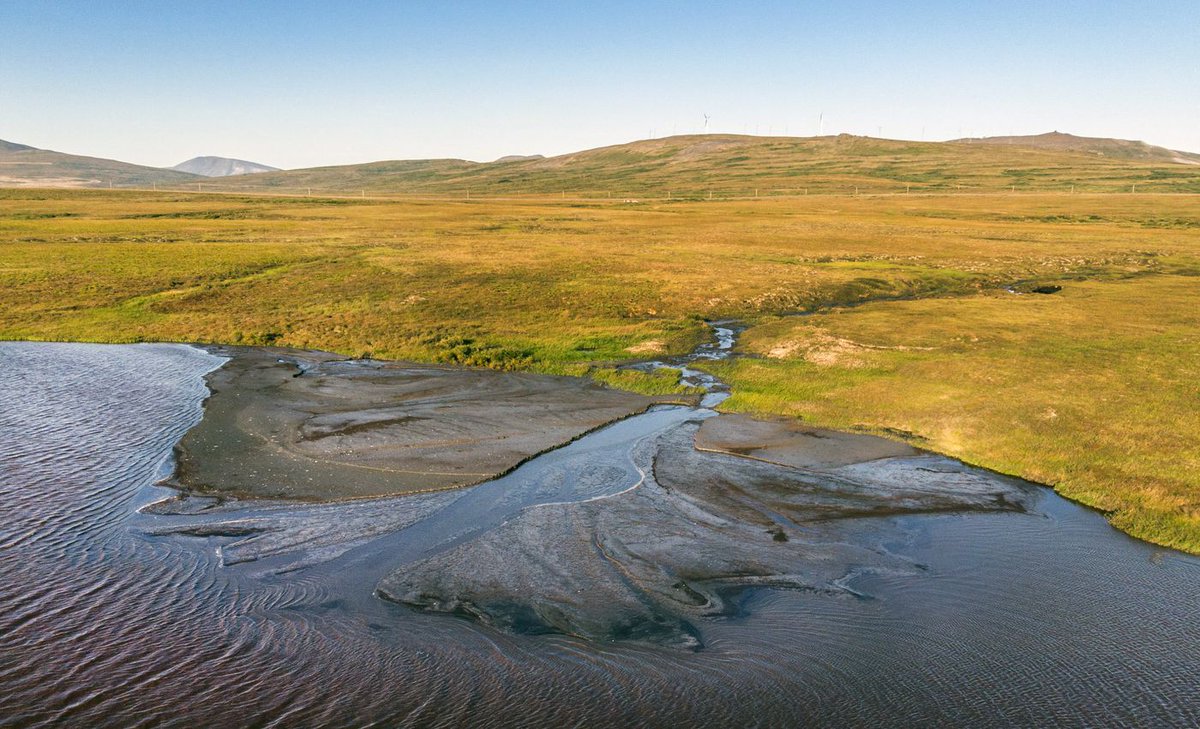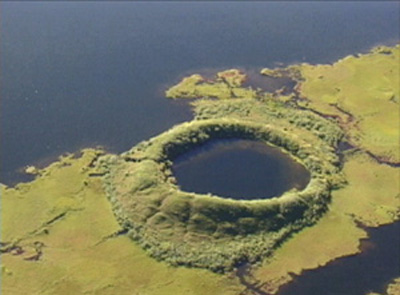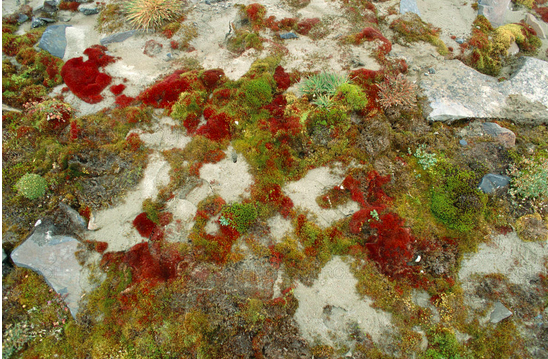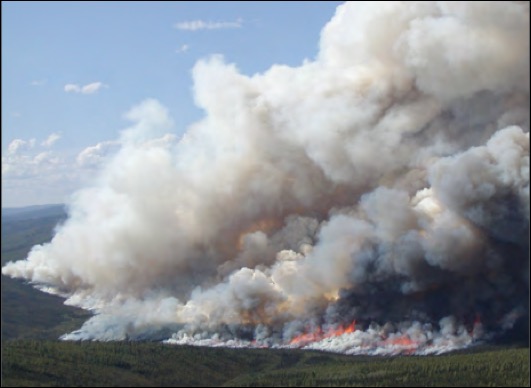
@ClimateOfGavin @mammuthus @theresphysics Buckle up for a permafrost ride! This paper is a thought experiment that relies on my empirical & modeling work on permafrost C release. First, I ♥️ using models for thought experiments so that is a positive here. Below is what permafrost THAW looks like - it's complicated! 1/ 

@ClimateOfGavin @mammuthus @theresphysics Permafrost is represented very crudely in most models to date. We know these frozen soils store a lot of C, but we know that only a fraction of that C is vulnerable to decomposition post-THAW. As temp constraints are released, there are other mechanisms that protect that C. 2/ 

@ClimateOfGavin @mammuthus @theresphysics Only a fraction of permafrost C is vulnerable to release upon THAW, & of that most will be released as CO2. I study methane & yes it's important & likely to be more so in the future. The authors' thought experiment regarding fraction of methane release in this paper is silly. 3/ 
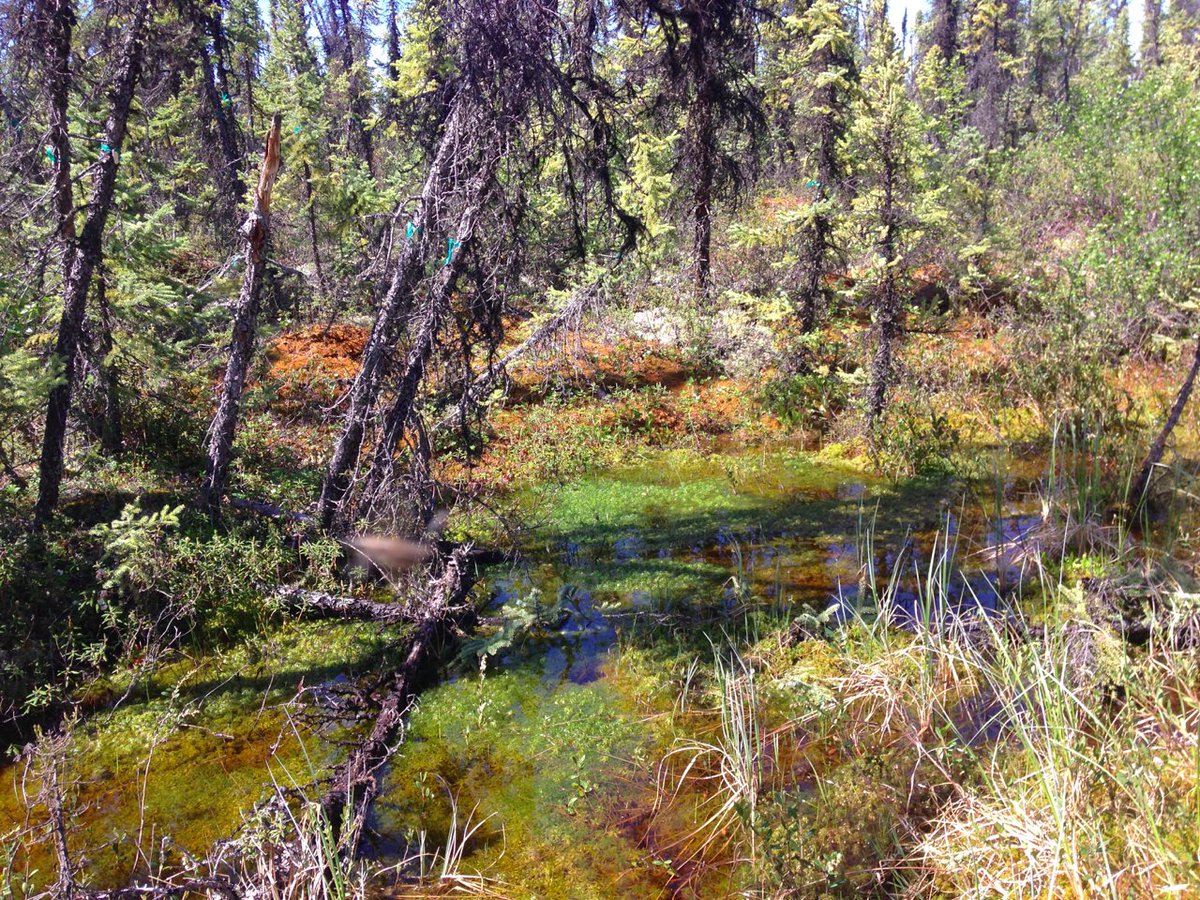
@ClimateOfGavin @mammuthus @theresphysics Finally, we actually study/simulate the entire permafrost ecosystem. We know there will be important biomass offsets as permafrost THAWS. I can't tell what the authors considered vs did not but please don't ignore plants. Sincerely, -mosses tired of being overlooked. 4/4 



@ClimateOfGavin @mammuthus @theresphysics I will never be ashamed to plug more information on permafrost....
https://twitter.com/queenofpeat/status/1123561998820806656?lang=en
• • •
Missing some Tweet in this thread? You can try to
force a refresh


